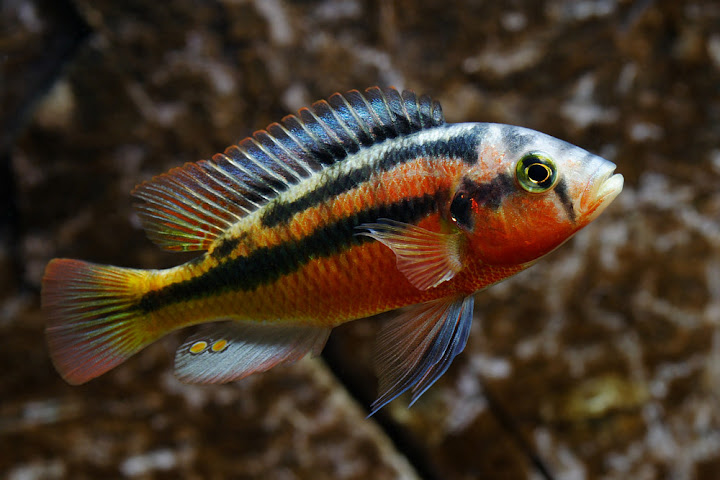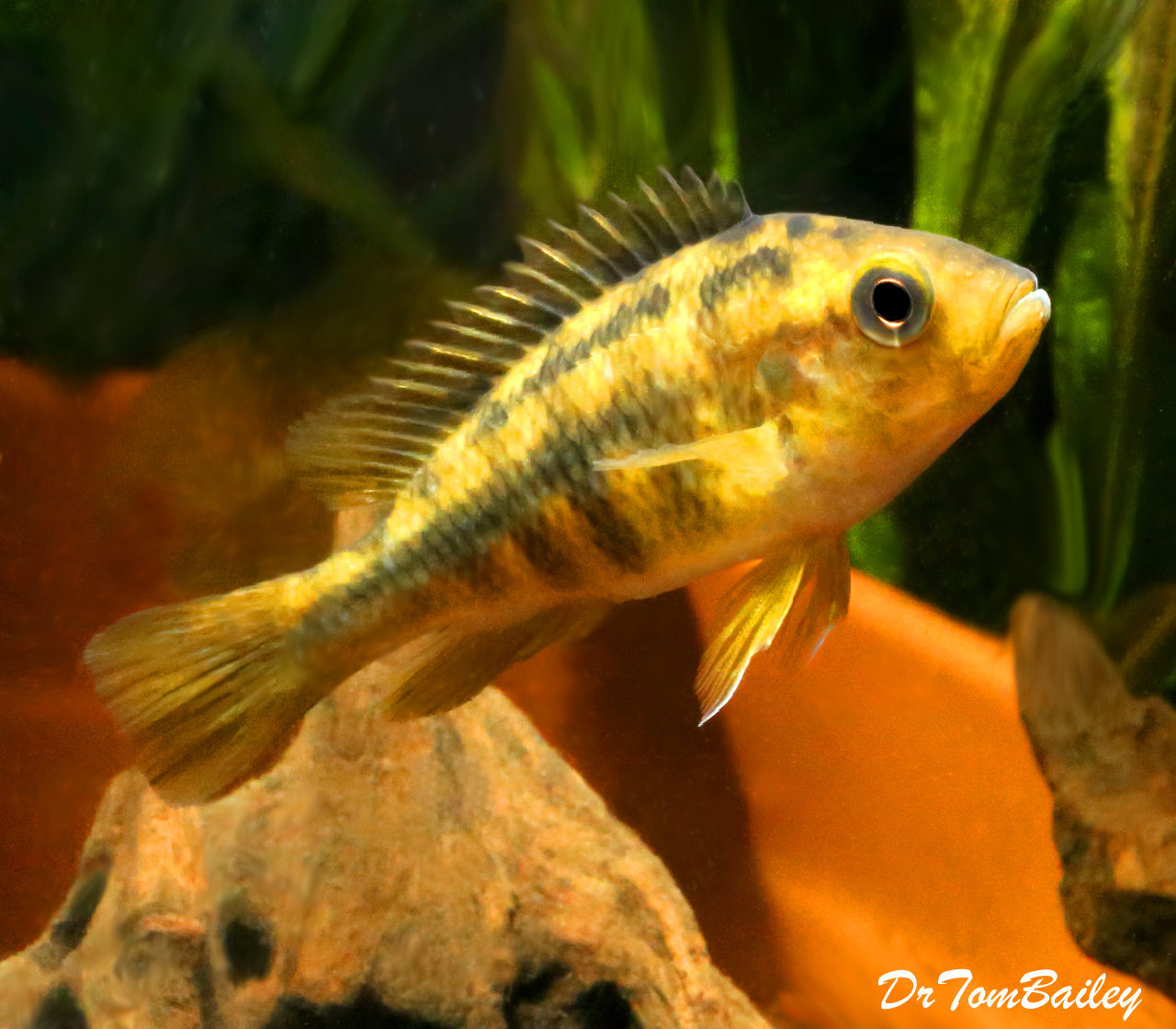Yellow Rock Kribensis
Are you looking for a colorful and easy-to-care-for fish for your freshwater aquarium? Look no further than the yellow rock kribensis. With its bright yellow coloring and peaceful demeanor, this fish is a popular choice for both novice and experienced aquarium owners.
Pain Points
One common issue that can arise with yellow rock kribensis is aggression towards other fish in the tank. They may also become territorial towards their own kind during breeding season. It’s important to provide plenty of hiding places and to make sure the tank is large enough to accommodate multiple fish.
Target of Yellow Rock Kribensis
The yellow rock kribensis, or Haplochromis sauvagei, is a species of cichlid native to Lake Victoria in East Africa. They typically grow to be about 4 inches long and thrive in a freshwater environment with a pH between 7.0 and 8.0. They are known for their vibrant yellow coloring with black markings.
Summary
In summary, the yellow rock kribensis is a colorful and easy-to-care-for fish but can be aggressive towards other fish in the tank. Providing plenty of hiding places and adequate space can help prevent this issue. With its vibrant yellow coloring and peaceful demeanor, it’s no wonder it’s a popular choice for freshwater aquariums.
The Importance of Proper Care
As a long-time aquarium owner, I’ve had my fair share of experiences with the yellow rock kribensis. One time, I made the mistake of not providing enough hiding places and my kribensis became overly aggressive towards the other fish in the tank. I quickly realized my mistake and added more decor to the tank, which helped alleviate the aggression. It’s important to research the specific needs of any fish before adding it to your aquarium.

Feeding Yellow Rock Kribensis
Yellow rock kribensis are omnivores and can be fed a diet of both live and prepared foods, including brine shrimp, bloodworms, and high-quality flakes or pellets. It’s important to avoid overfeeding, as kribensis are prone to obesity.

Breeding Yellow Rock Kribensis
Breeding yellow rock kribensis can be a rewarding experience, but it’s important to provide plenty of hiding places to prevent aggression towards the other fish in the tank. Male kribensis will often dig pits in the substrate to attract a mate, and the female will lay her eggs in the pit. The male will then fertilize the eggs and the female will guard them until they hatch.
Commonly Asked Questions
Q: Can yellow rock kribensis be kept in a community tank?
A: Yes, but it’s important to make sure they have plenty of space and hiding places to prevent aggression towards other fish.
Q: How often should I feed my yellow rock kribensis?
A: Once or twice daily is sufficient, but it’s important to not overfeed as kribensis are prone to obesity.
Q: What is the ideal temperature for a yellow rock kribensis tank?
A: Yellow rock kribensis thrive in water temperatures between 75-80°F.
Q: How often should I perform water changes in my yellow rock kribensis tank?
A: It’s recommended to perform a 25% water change once a week to maintain water quality.
Conclusion
The yellow rock kribensis is a vibrant and peaceful addition to any freshwater aquarium, but it’s important to provide them with adequate space and hiding places to prevent aggression towards other fish. By properly caring for your yellow rock kribensis, you can enjoy their beauty for years to come.
Gallery
Rock Kribensis Species Profile | Utah Fishkeepers
Photo Credit by: bing.com / rock kribensis krib yellow species cichlid male profile blue african
Cichlids.com: Paralabidochromis Sauvagei (Mwanza Gulf) Aka Yellow Rock
Photo Credit by: bing.com / kribensis rock mwanza yellow gulf aka cichlids
Cichlid-Forum • Sauvagei Checkerborad And Yellow Rock Kribensis

Photo Credit by: bing.com / yellow kribensis rock cichlid horizontal looks strips very
Premium Lake Victoria Yellow Rock Kribensis Cichlid, Size: 2.5" To 3"

Photo Credit by: bing.com / victoria kribensis cichlid rock lake yellow premium long
Yellow Rock Kribensis (Haplochromis Sauvagei) – Imperial Tropicals

Photo Credit by: bing.com / kribensis haplochromis cichlids tropicals imperial